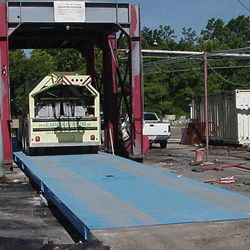Why it’s Important to Use Accurate Scales and Load Cells on Concrete Batching Hoppers
Using scales at a concrete batching facility is extremely important to guarantee the quality and consistency of the final product. In fact, it can be argued that the use of scales and weighing equipment, is one of the most critical aspects of the entire concrete production process. There are several reasons why this is the… Read More »
